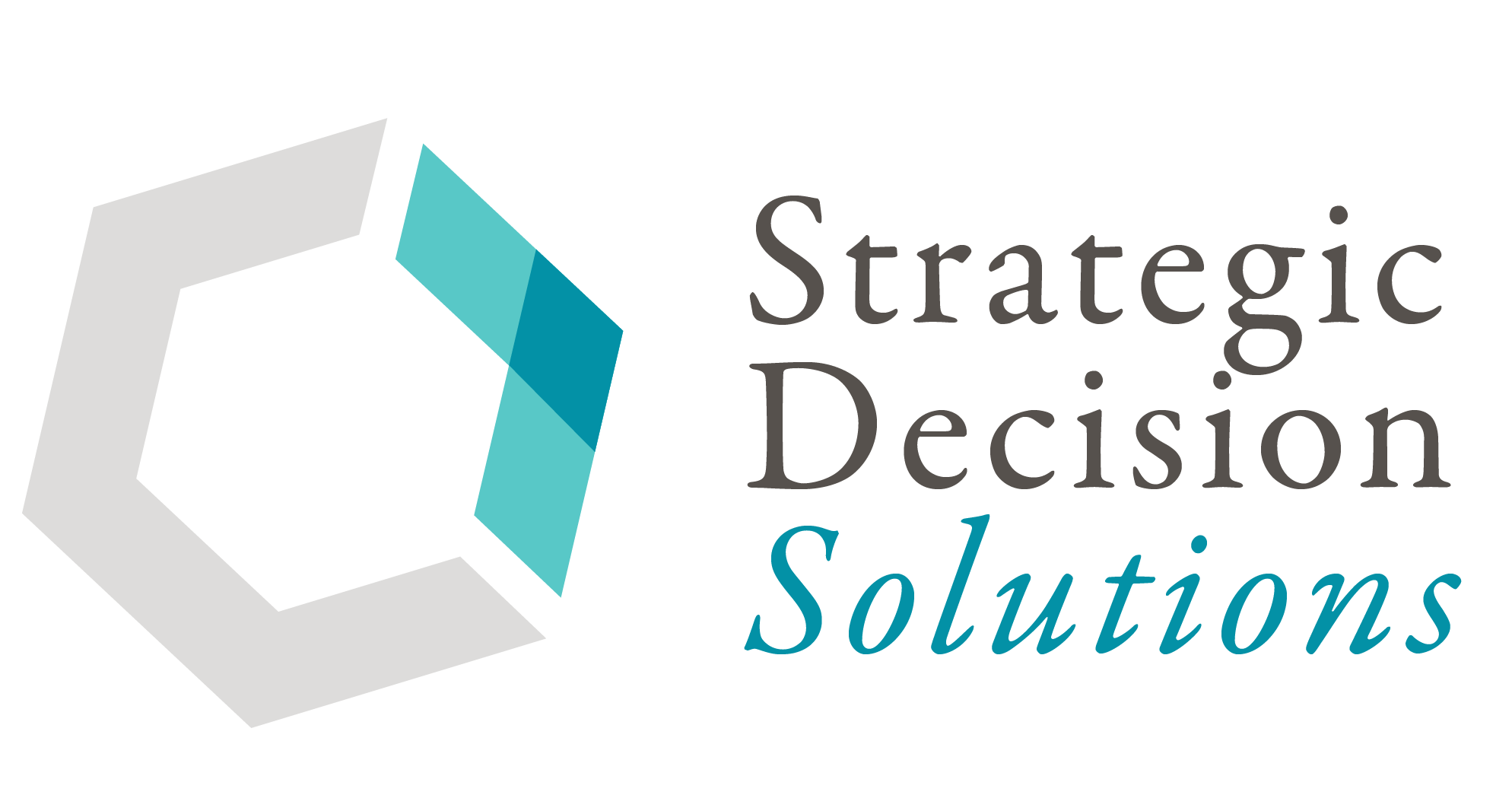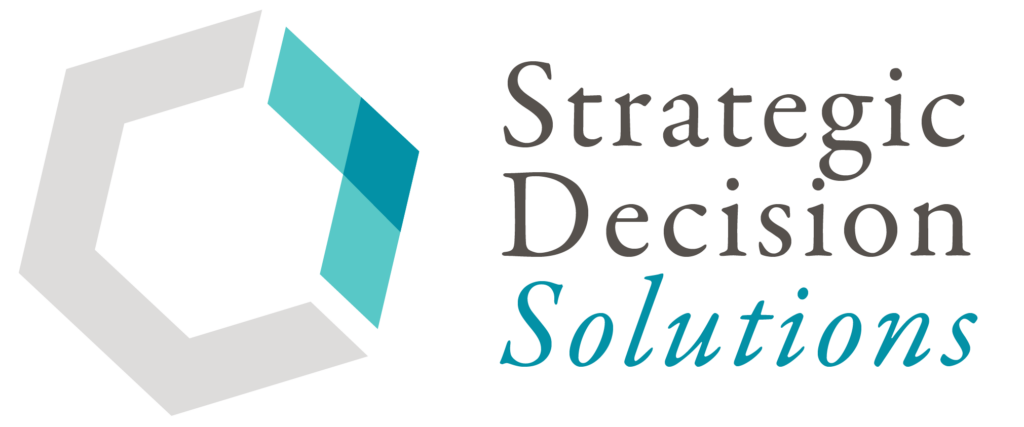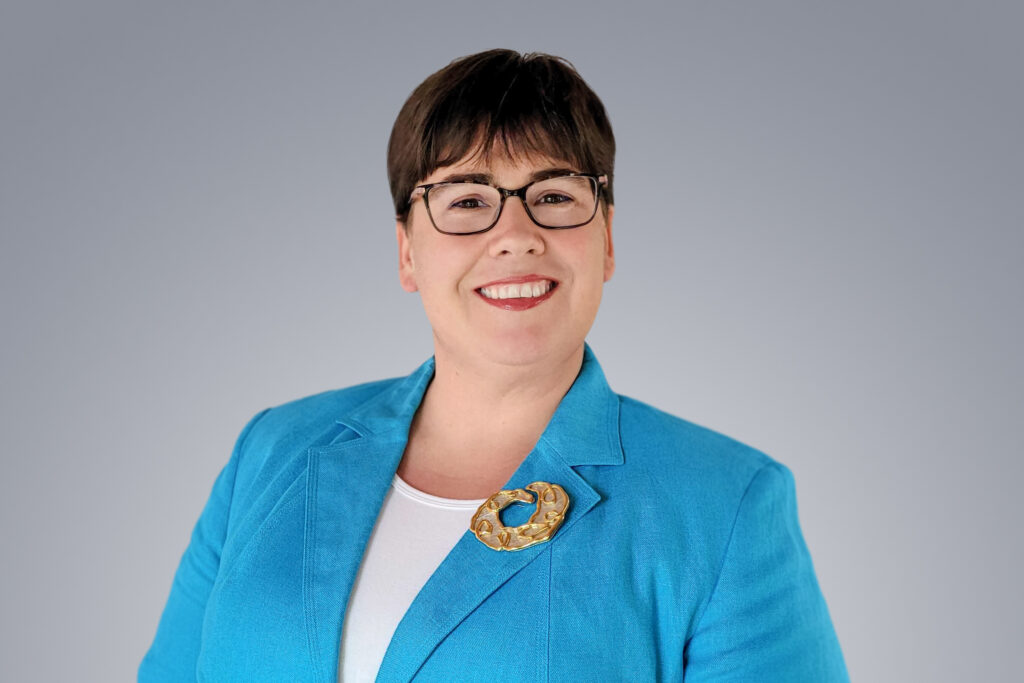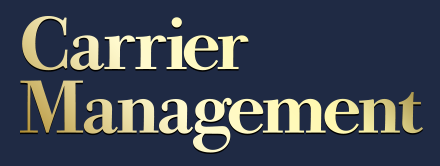When used correctly, tools like the bowtie model can be a simple and intuitive way for helping company leaders and others visualize how risks unfold, their consequences and relationship to objectives, and gaps in current mitigation efforts.
I recently had the pleasure of exploring the bowtie model in depth with Jon Schulz, GRC Senior Market Strategy Lead for Origami Risk in a webinar hosted by OCEG. Not only did we discuss the fundamentals of this tool, but we also provided examples of how companies use it to help risk owners and decision-makers better understand the parameters of risk.
The webinar followed a simple structure of what, why, when, and how – time stamps of these sections and other significant points include:
- Introduction, background, and agenda (5:00)
- What is bowtie? (6:15)
- Why should you use Bowtie? (9:55)
- 6 Key Benefits of Bowtie Modeling (18:50)
- When to use Bowtie modeling? (26:10)
- How to use Bowtie modeling? (35:30)
- How can Bowtie modeling trip you up? (44:15)
- The Big Picture – Key Takeaways (51:50)
The bowtie is one of several different tools for either communicating or analyzing risks visually. Below are some additional resources on this blog that you may find helpful:
- Harness the Visual Bow-Tie to Better Communicate Risks and Controls
- Risk Reporting and Communications – One Part Science, the Other Art
- How to Better Communicate with Executives? Be Creative About Risk Visualizations
- Harnessing the Power of Visual Aids to Prompt Robust Risk Conversations
I greatly appreciate the opportunity to share insights with Origami and OCEG’s audience on this incredibly versatile tool for visualizing how risks unfold, plus how they connect to the company’s main value drivers.
What are some interesting ways you are using Bowtie modeling to communicate risks to risk owners and company leaders?
Please don’t hesitate to join the conversation on LinkedIn.
And if you’re looking for a better way to communicate risks, whether with Bowtie or some other method, reach out to me to discuss your current state, goals, and tools to help get you there.







